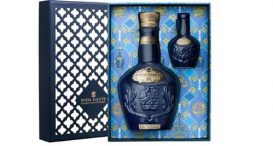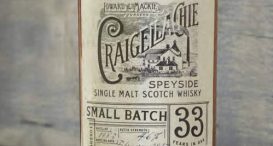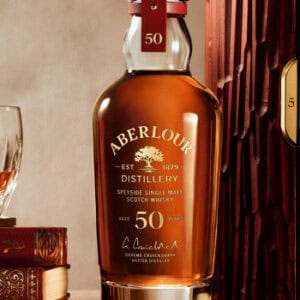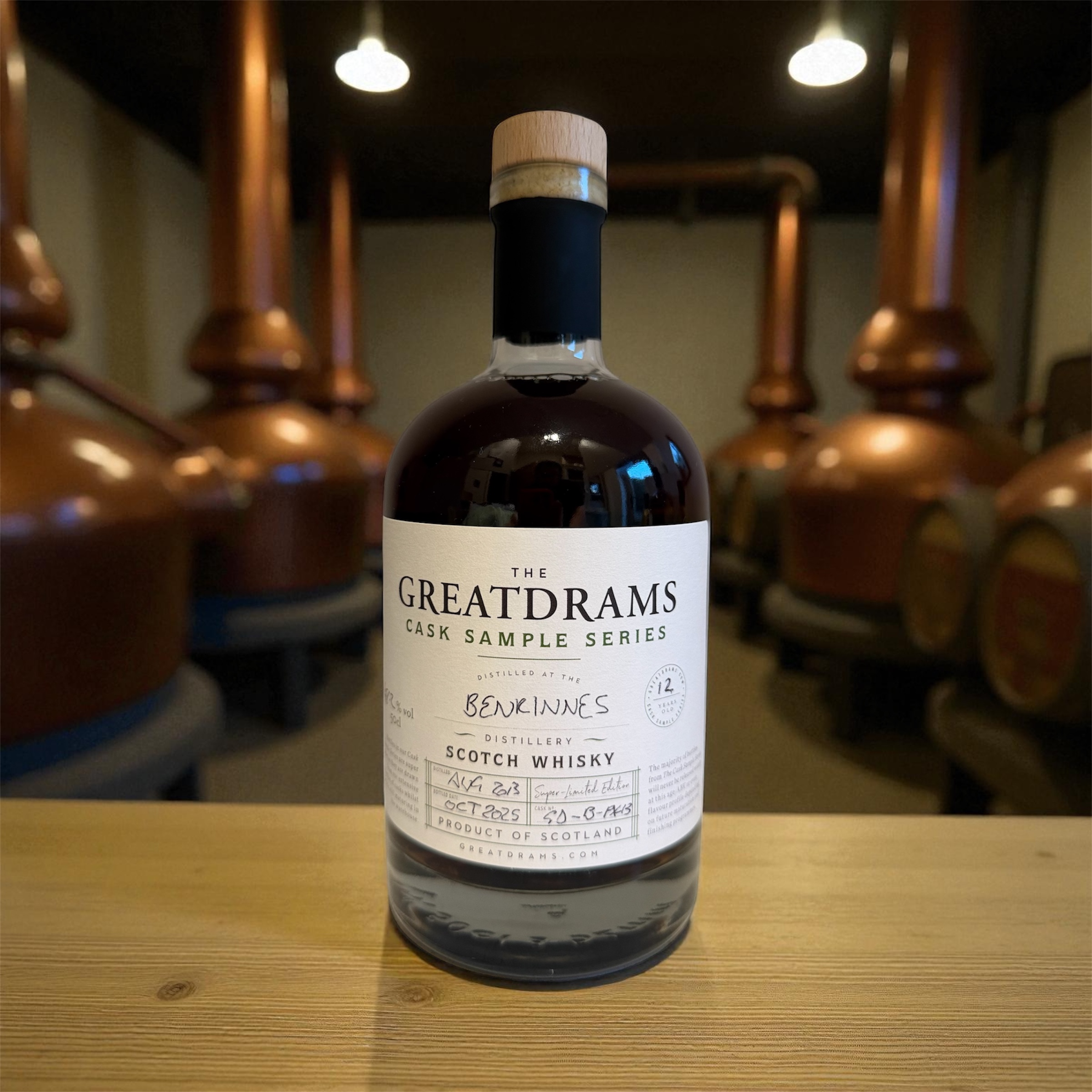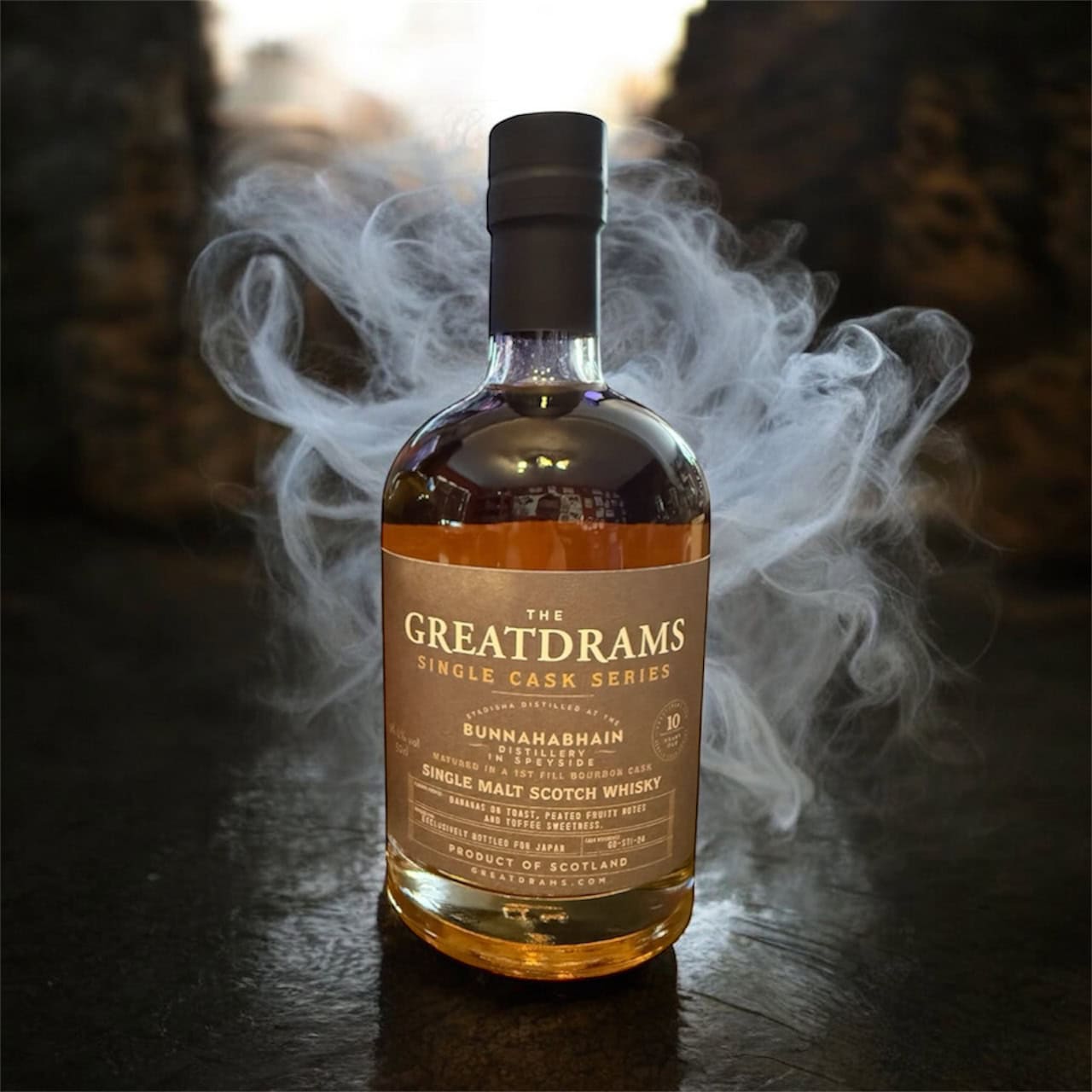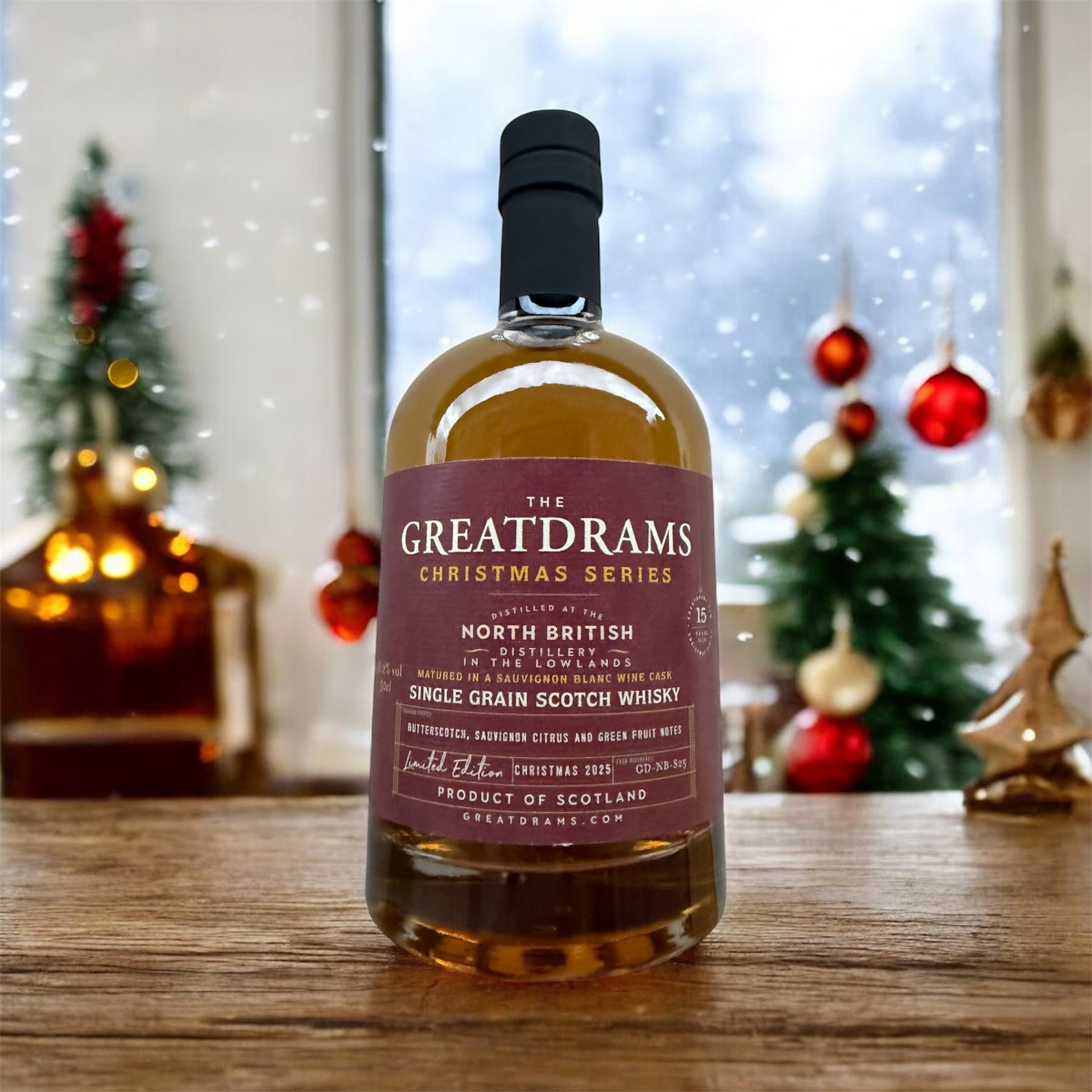What Happens in a Whisky Barrel over Several Years?
let’s begin
We all know that Whisky gets its flavour from the barrel. Of course the new make spirit that goes into the barrels has certain flavours of its own.
The liquid going into barrels is rich with cereal flavours, and depending on whether the barley is smoked or not, it would have peated or smoky notes.
These aren’t bad flavours and some new make spirits can be quite appealing, but the real depth and complexity of Whisky comes from the barrel.
There is a lot going on in a Whisky barrel to transfer all that flavour.
Most barrels used in the making of Whisky are ex-Bourbon barrels, and all, by law, are made out of oak.
Bourbon barrels are either lightly toasted on the inside, or have varying degrees of char. This is important as the charcoal gets rid of certain flavours while contributing others through absorption.
It is not only the wood that has an effect on the Whisky, but the environment outside the barrel, including heat and wind.
The wood interacts with the air and absorbs some of its qualities as well. This is why liquids matured in coastal distilleries often have sea air qualities.
Whisky interacts with at least three main compounds in the oak that give it a breadth of flavours.
Firstly we have degraded lignin. From this, the Whisky takes on vanillin, giving it vanilla and marzipan flavours. These are sweeter and can be quite creamy.
Secondly there are lactones, which contribute a buttery, coconutty flavour. Together with the lignin, these two compounds make up more wooded flavours and give Whisky a characteristic oaky tang.
The last compounds are tannins. This is an astringent compound, meaning it creates a dry, wood spice flavour.
While over time the first two compounds slow down in their absorption, tannins are constantly being absorbed. They are also more present in European oak, so American oak aged Whisky will have less dryness to it.
Tannins give a spicy depth to the oaky flavours, but since they do not slow down in absorption, can become overwhelming to the other flavours. This means that Whiskies matured for too long are liable to become quite distasteful and too wooded over time.
The last flavour that is effected by the wood of barrels is that of smoke.
Much Whisky is made from barley that has been dried using peat smoke. As such, new make spirit is likely to have a smoky flavour to it.
When matured in an oak barrel over long periods of time, Whisky tends to lose this flavour, but why?
Well, smoke flavours are measured in phenols and are reminiscent of the smell you typically get from campfires.
Phenols themselves interact with the barrel wood, so depending on the amount to begin with, you will always have less as time goes on.
These particles do not remain as phenols for very long, but rather they combine with other particles to make new compounds.
These in turn have a sweeter, more honeyed note to them. so over time, heavily peated Whiskies take on this sweeter flavour in replacement of its smoke.



